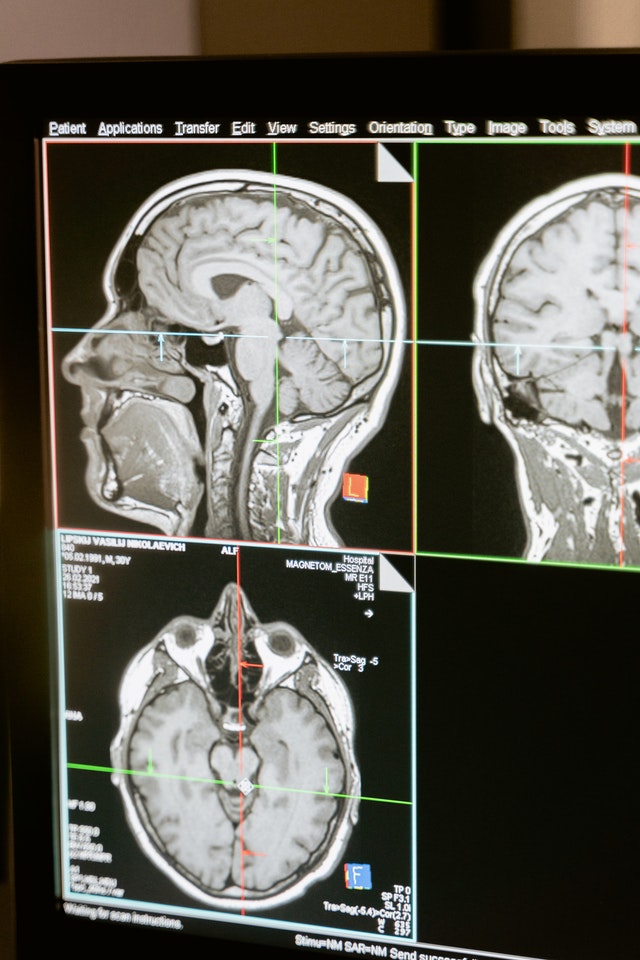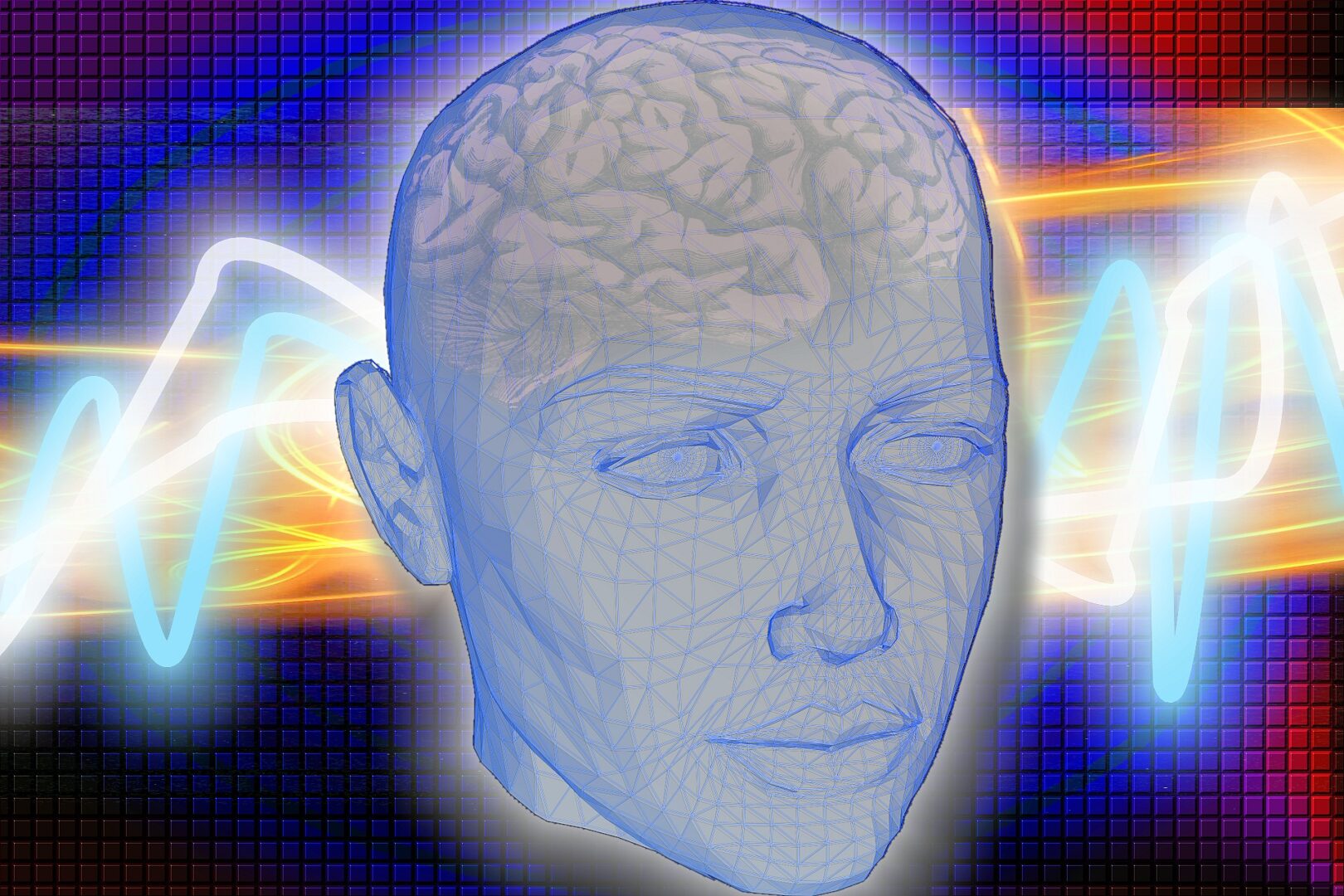

Artificial Intelligence (AI) is a trending topic within the health IT community. It is gaining more recognition with concepts like Machine Learning (ML) and Deep Learning (DL) entering the picture.
We are on the brink of one of the biggest technological leaps in history. AI is spreading its roots into radiology. “How will artificial intelligence apply to radiology?” is a buzz amongst radiologists. Let’s take a deeper look.
Artificial Intelligence and Radiology: Why and how they connect

AI in radiology is in its infancy due to its complexity. Image processing plays a huge role in radiology. Analyzing the body through images is no easy feat.
AI systems possess the ability to interpret data through image analysis. This allows for its implementation in self-driving cars, web searches, and cybersecurity. When the human body needs interpretation, it’s different.
The development of “machine learning” are changing things. ML algorithms allow for AI to learn from repetitive patterns. As a result, AI can diagnose certain condition such as tumors or tissue injuries. With time, AI will be able to gather and learn enough information to perform a complete examination of the human body.
Implementing an AI system isn’t easy. Software, hardware, and infrastructure are costly. Most AI solutions are subscription based or pay-per-analysis business models.
Applications and Benefits of AI
AI shows a promising future in radiology. However, it’s best to tackle different functions in the workflow separately when implementing AI. The following are examples of how AI improves the workflow process.
i) Managing patient database
AI learns through machine learning algorithms how to provide more customized database outputs. However, this leads to privacy concerns.
ii) Imaging
An AI operated imaging process saves time. It has the potential to provide better positioning to increase precision and reduce needless images.
iii) Automated analysis of images
AI’s ability to differentiate between what’s “natural” and what’s “not” is a huge part of this application. With rapidly advancing machine learning algorithms, we expect images to be interpreted with near-perfect precision. This minimizes human error and saves time.
iv) Reporting
Natural language processing allows reporting to be done by AI. Radiology terminology uploads into the system via ML, allowing it to process and provide a detailed report.
There is room for improvement in implemented systems. Machine Learning makes this possible, but leads to more complex systems and increased costs. Finding the sweet spot between system design and expense is a driving force when applying AI in radiology.